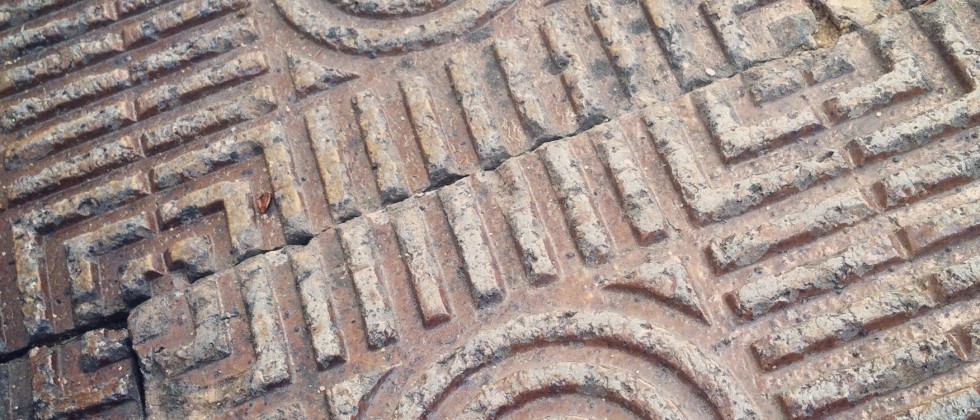
Web Accessibility
Washington and Lee University is committed to making our website accessible for all visitors, regardless of any disabilities they may have.
The University website strives to ensure that all digital content conforms to the best practices and guidelines as defined by the Web Content Accessibility Guidelines (WCAG) 2.1, Level AA. These guidelines, published by the World Wide Web Consortium (W3C), are internationally recognized standards that provide a framework for making web content accessible and user-friendly.
To help comply with WCAG 2.1 AA, the university uses the following tools:
- Acquia Web Governance – Acquia provides provides regularly scheduled checks of the site to check for potential issues, including broken links and accessibility concerns.
- WAVE Web Accessibility Tool – This free browser extension provides a user-friendly evaluation of a page with a simple click. Available for most major browsers.
If you encounter accessibility issues with the University’s website or digital content, please contact the Web Accessibility Coordinator so we can remediate the issue and determine an appropriate accommodation to ensure you obtain the information you want or need in a timely manner.
Lauren Kozak
Title IX Coordinator and Director of Disability Resources
- P: 540-458-4055
- E: kozakl@wlu.edu